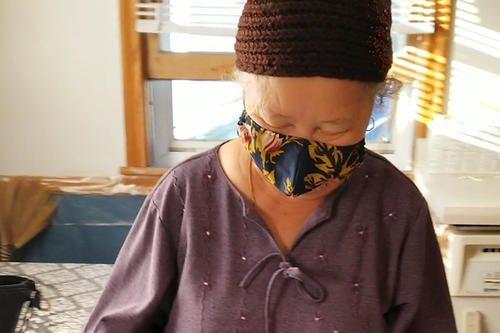
Most public health information about COVID-19 is given out in clear English. And that’s the problem. Not knowing English is a huge stressor for Somali, Latinx and Hmong elders who have limited access to health information in their own languages because it puts them at risk in the face of misinformation being spread about the pandemic.
Now, a U of M team in the Medical School's Program in Health Disparities Research (PDHR) is testing the efficacy of audio vs. video messages, dispersed in Somali, Spanish and Hmong, to CUHCC (Community-University Health Care Clinic) patients by multilingual community volunteers. Recordings will carry public health messages about hand-washing, masking and social distancing.
“We have completed the six messages—four audio and two video messages—for each of the three communities and have started phone interviews with patient participants,” says Maiyia Kasouaher, community engagement lead in PHDR.
Phone interviews continue this month (December 2020). The team will gather feedback about the messages from participants aged 18 and over (20 from each community, with 60 total) to determine the preferred format of these messages for future communication.
While the initial all-English messages from the state Department of Health, and subsequent messages, have been translated into other languages, that information “needs to come from the clinic providing care to the patients, because that’s who they trust,” Kasouaher explains. “Our goal is to communicate these messages directly to the elders in our communities. At the same time, our hope is that by sharing information with the younger adults, they will be able to relay what they have learned to those most at risk—their elders, grandparents and parents.”




